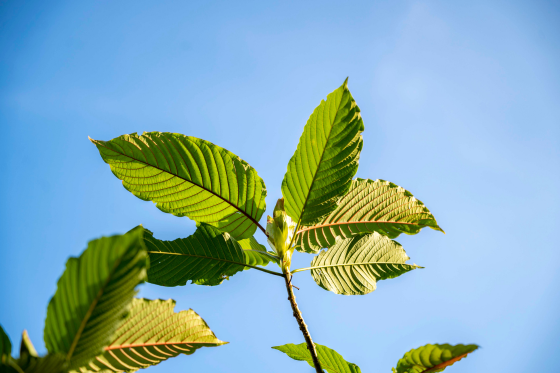
Kratom has become increasingly popular for its unique properties. Central to these properties is an alkaloid called Mitragynine. This blog aims to explore Mitragynine in depth, understanding its role and how it works in kratom.
What is Mitragynine?
Mitragynine is the most abundant alkaloid found in kratom leaves, accounting for approximately 66% of the total alkaloid content. It is primarily responsible for the plant’s distinctive effects.
How Mitragynine Works in the Body
Mitragynine interacts with the body in several ways:
- Opioid Receptors: It primarily binds to opioid receptors in the brain. Unlike traditional opioids, which have a strong and direct action, Mitragynine’s interaction is partial and more nuanced. This is key to understanding why kratom can have pain-relieving properties without the same level of risk for dependence and respiratory depression seen with conventional opioids.
- Other Receptor Systems: Mitragynine also interacts with other receptor systems in the brain, including adrenergic and serotonin receptors. This multifaceted interaction may contribute to its complex effects, ranging from stimulation at low doses to sedation at higher doses.
Effects of Mitragynine
The effects of Mitragynine can vary depending on the dosage:
- Low Doses: At low doses, Mitragynine can produce stimulant-like effects, leading to increased energy, alertness, and sociability.
- High Doses: At higher doses, it can have sedative effects, providing pain relief and a sense of calm.
Safety and Considerations
While Mitragynine offers potential benefits, it is crucial to use kratom responsibly. The variability in kratom strains and individual responses can lead to differing effects. Moreover, the long-term effects of kratom use are not fully understood, and there are ongoing debates regarding its safety profile.
Conclusion
Mitragynine is a fascinating compound that lies at the heart of kratom’s effects. Its interaction with the body’s opioid and other receptor systems offers a complex blend of stimulant and sedative properties. As research continues, we will undoubtedly gain a deeper understanding of this alkaloid and how it contributes to the unique properties of kratom.


